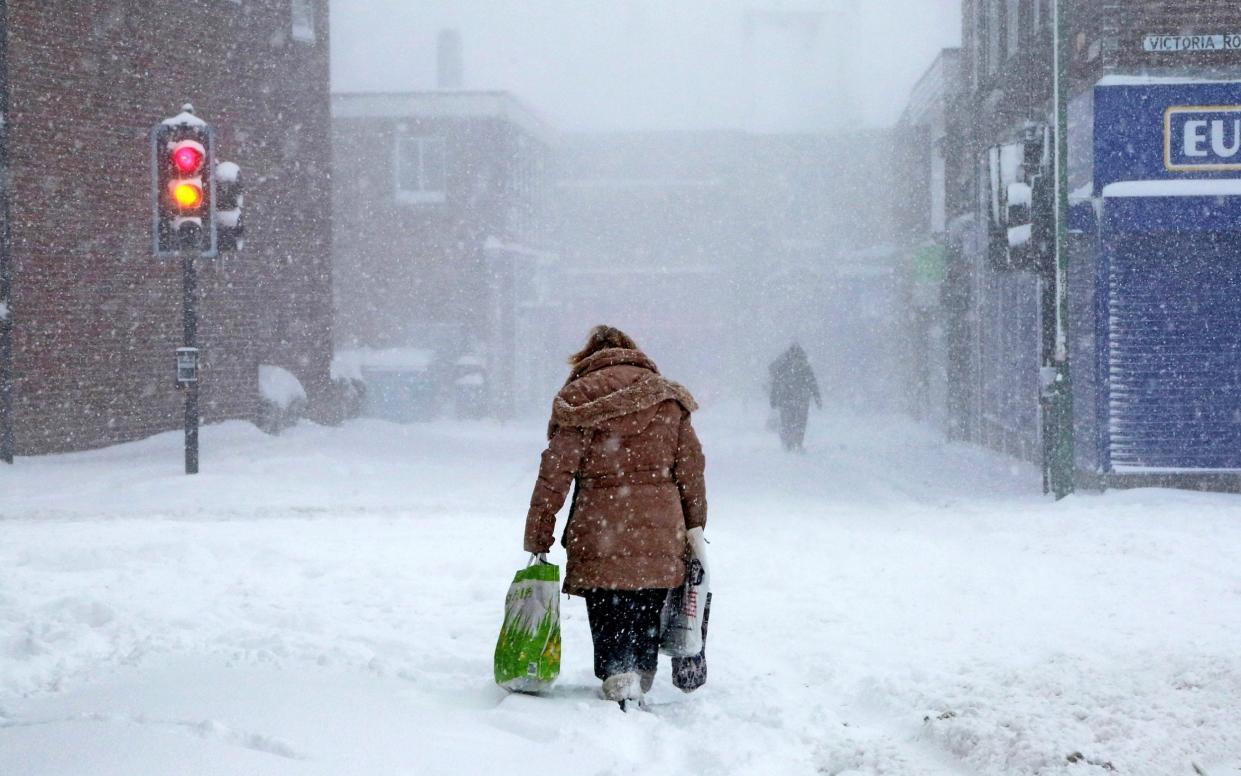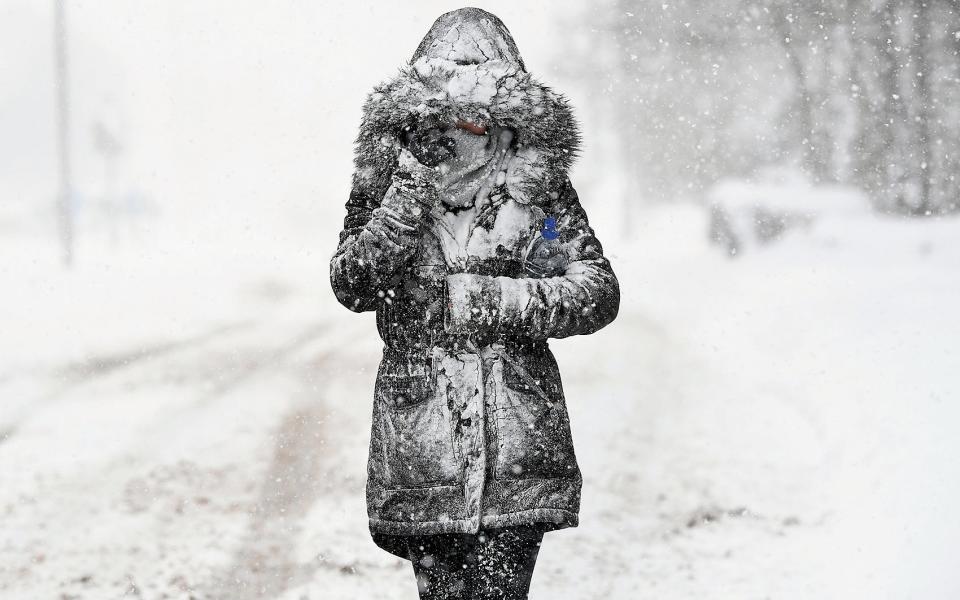Stratospheric warming could see Britain hit by new 'Beast from the East'

Britain could be hit by a new "Beast from the East" in the next fortnight after forecasters warned of a "sudden stratospheric warming" above the Arctic.
Temperatures could hit -10 degrees Celsius, roads will become treacherously icy and snow is expected to fall across the country.
Meteorologists say a sudden warming is taking place high in the stratosphere, which means winds in the polar vortex could change direction and bring cold air to Britain from Siberia.
In 2018, when the last "Beast from the East" came in, the UK was gripped by travel chaos, with drivers stranded overnight on motorways and heavy snow forcing schools to shut.
Grahame Madge, from the Met Office, said: "Many weather agencies are united in the view that this SSW [sudden stratospheric warming] will take place next week. When that happens, around 30km up in the stratosphere, our traditional wind pattern can be reversed.
"What is less clear is the long-term outlook for the impact of this event. Two out of three SSW events result in very cold episodes, but one in three has little impact at all."
In recent years, extreme cold winter snow events have all been connected to the surface effects of sudden stratospheric warmings, such as those in 2009-10, 2013, and the "Beast from the East", the Met Office said.
Every winter, strong westerly winds circle around the pole high up in the stratosphere, but sometimes the winds temporarily weaken or even reverse to flow from east to west, as is predicted this year. The cold air, which is around -80 degrees, then descends very rapidly in the polar vortex – a large area of low pressure air above the North Pole.
The compression causes the temperature in the stratosphere to rise as much as 50°C over only a few days, hence the term sudden stratospheric warming. As the cold air from high up in the stratosphere disperses, it can affect the shape of the jet stream, which causes our weather to change.
The sudden stratospheric warming can sometimes cause the jet stream to "snake" more, and this tends to create a large area of high pressure, usually forming over the North Atlantic and Scandinavia. This means northern Europe, including the UK, is likely to get a long spell of dry, cold weather.

What made the 2018 "Beast from the East" so fearsome was the addition of Storm Emma, which added blizzards, strong winds and snow dumps of up to 50cm in one day.
Already, temperatures across the UK are dropping, and meteorologists are expecting ice and snow warnings to be issued next week. New Year's Eve saw temperatures hit minus 7.3C in Wiltshire, and frost and ice are expected to last into next week, the Met Office said.
Police forces in areas hit by ice and snow urged motorists to travel only if necessary as emergency crews attended several collisions on New Year's Eve. Derbyshire Police reported a five-car collision at just before 7.30am on New Year's Day.
The warnings were echoed by RAC Breakdown spokesman Simon Williams, who told The Telegraph: "The best advice is always if you don't have to drive, don't drive. The last thing that we need at the moment is more accidents and more people needing hospital treatment at a time when the NHS is under extreme pressure."

 Yahoo News
Yahoo News 
